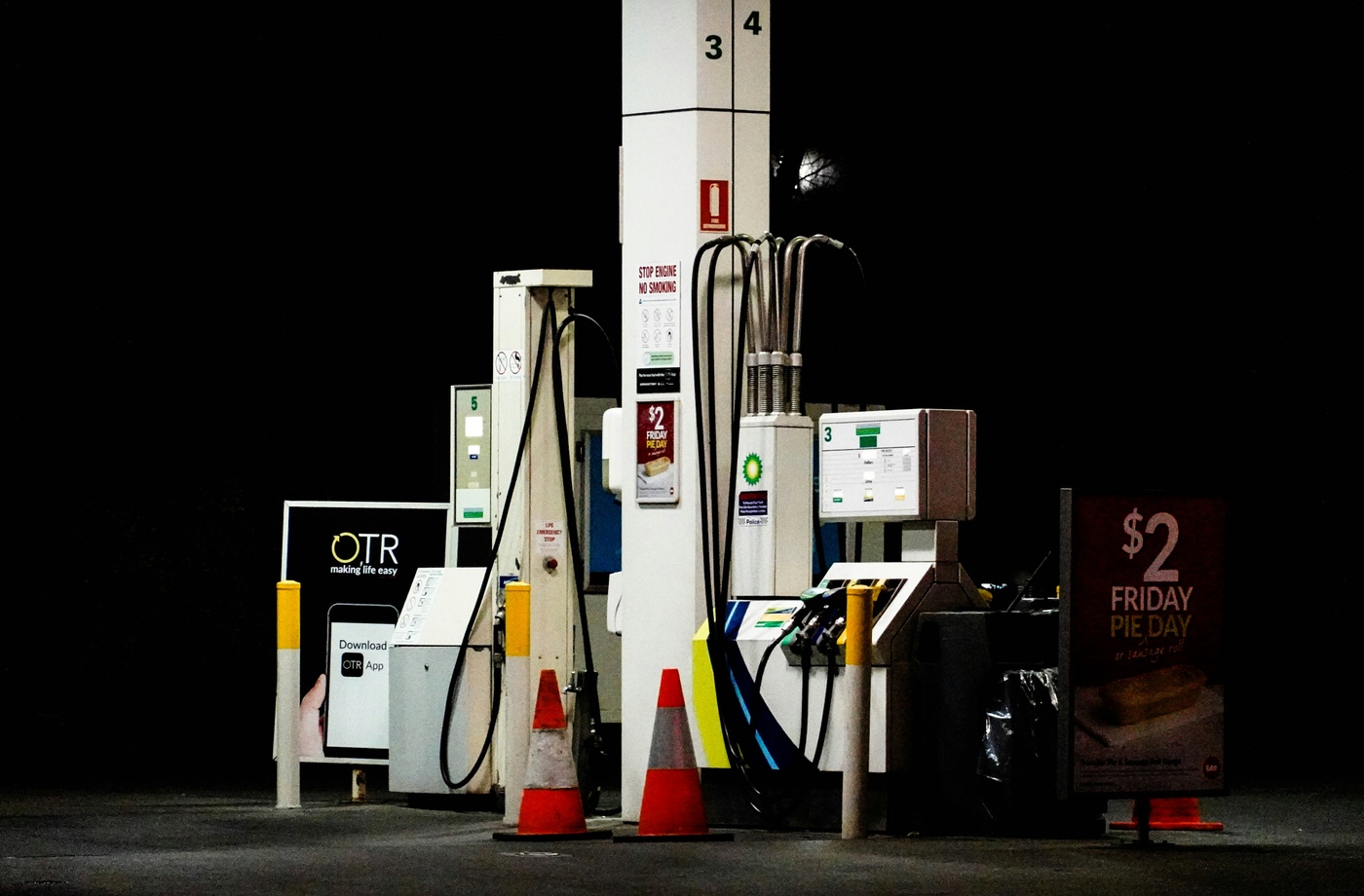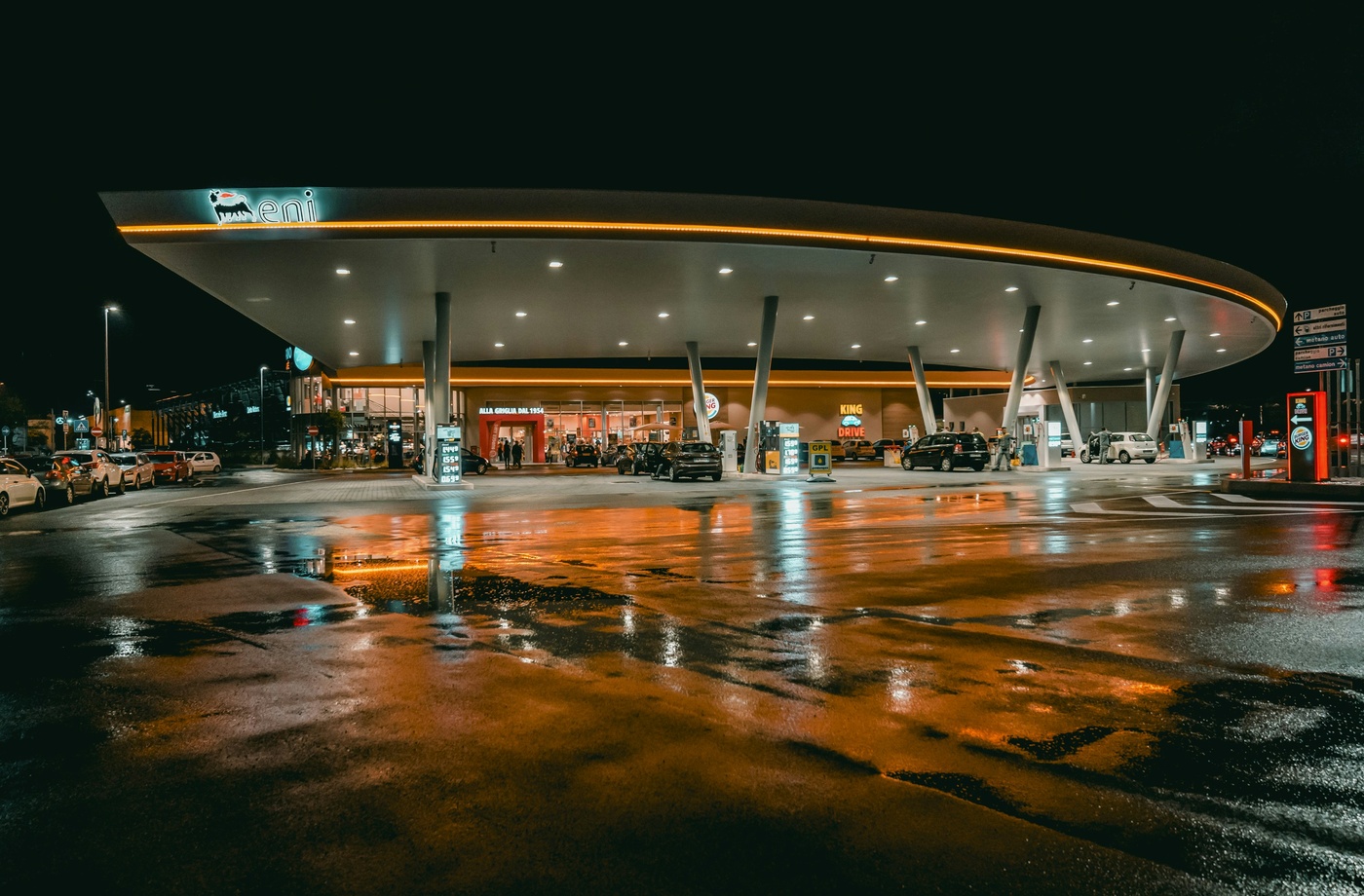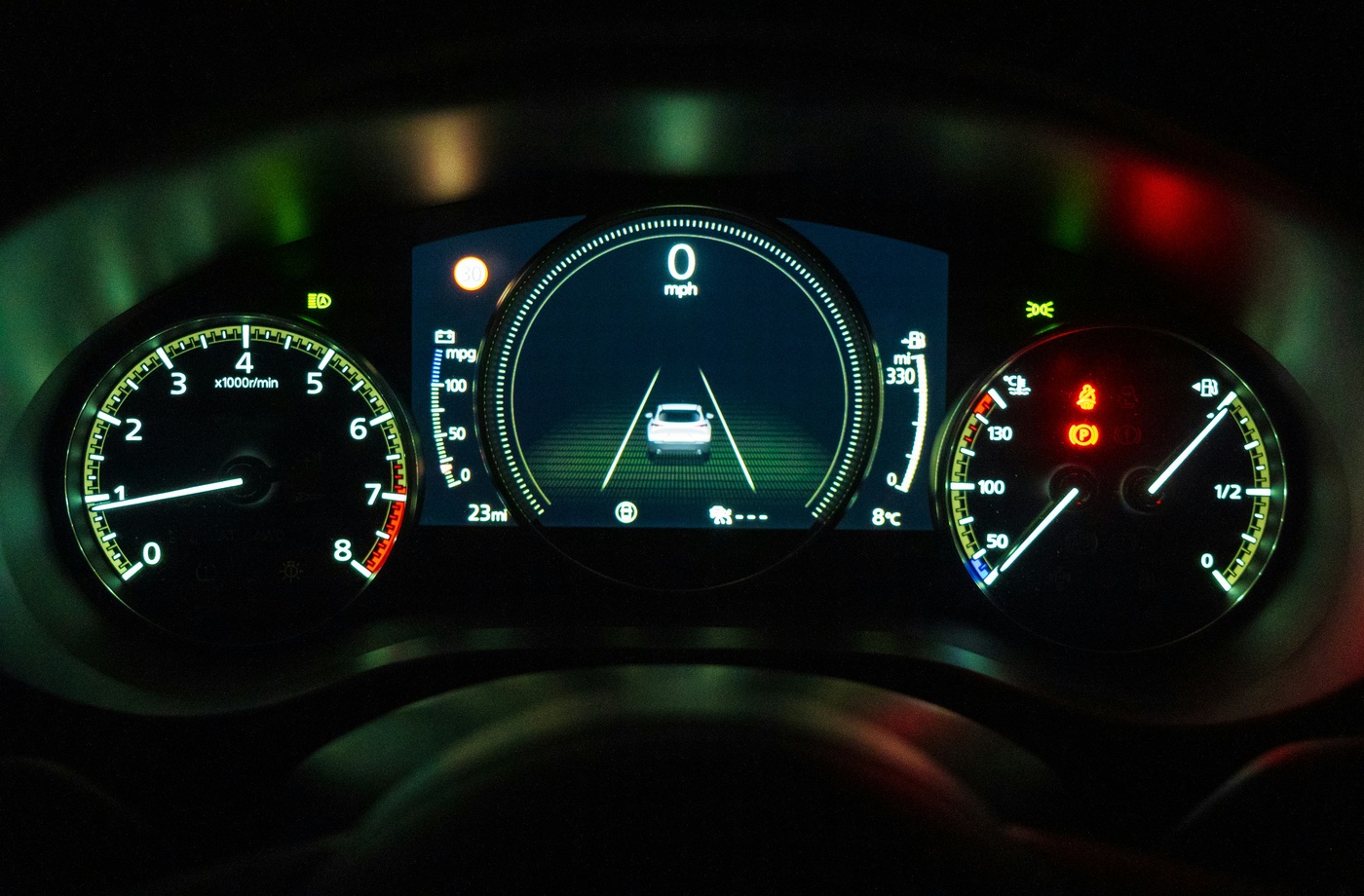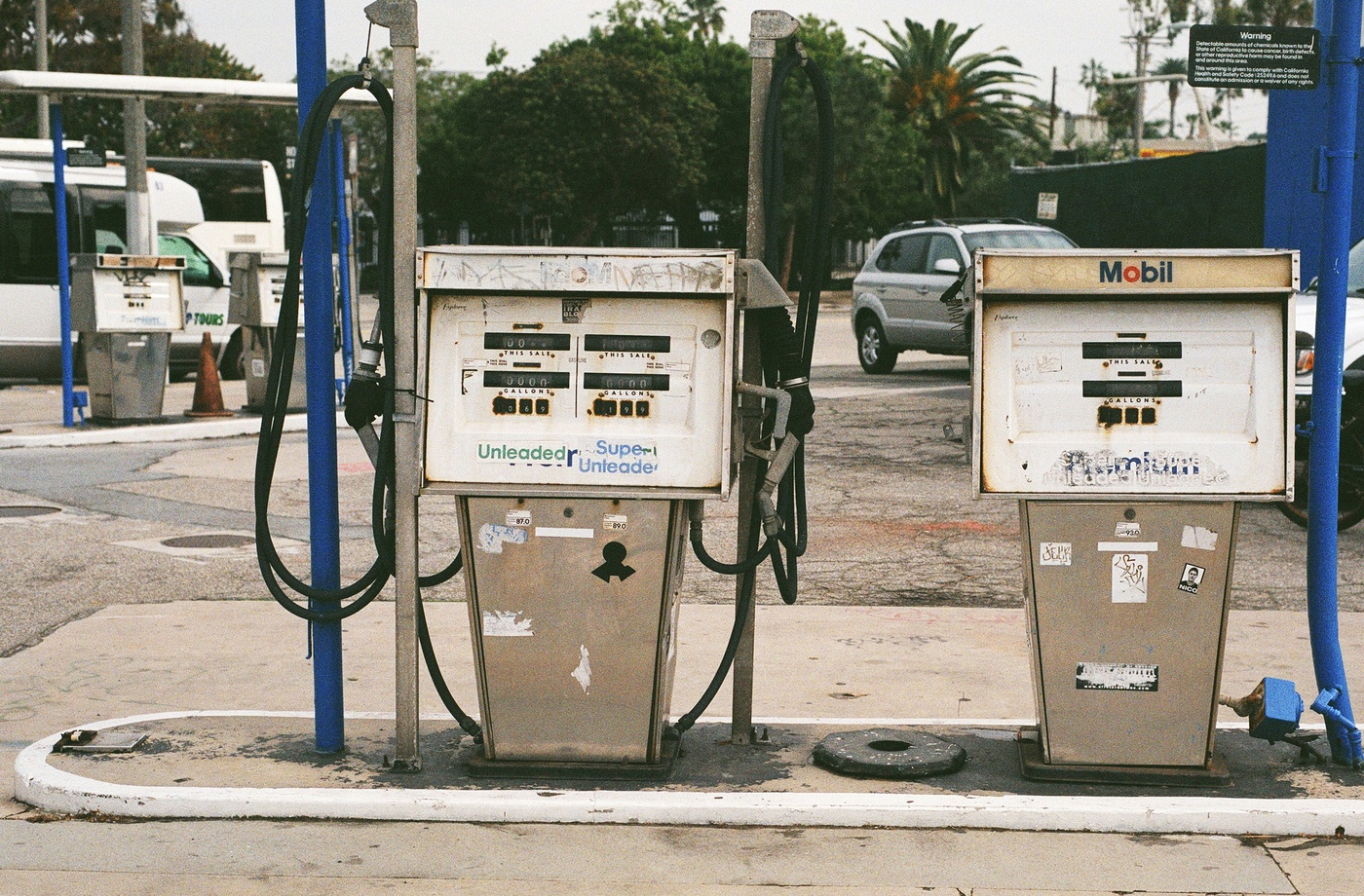Most drivers know that bad traffic and rising gas prices can hurt their wallet—but many don’t realize that everyday driving habits play a huge role in fuel consumption. Even if your car is fuel-efficient on paper, how you drive can quickly erase those MPG gains. Fortunately, changing a few key habits can lead to significant savings at the pump.
Here are the top 10 habits that waste fuel—and how to fix them.
- Aggressive acceleration and hard braking
Sudden starts and stops burn more fuel than smooth driving. According to FuelEconomy.gov, aggressive driving can lower gas mileage by 10% to 40% in city traffic.
Fix it: Accelerate gradually, and anticipate traffic to coast instead of slamming the brakes. - Excessive idling
Leaving your engine running while parked or waiting wastes gas and adds unnecessary wear. Idling can use a quarter to half a gallon of fuel per hour, even more for larger vehicles.
Fix it: If you’ll be stopped for more than 30 seconds, shut off your engine. - Driving at high speeds
Your car’s optimal fuel efficiency is usually between 45–65 mph. Above that, aerodynamic drag increases rapidly. Driving at 75 mph instead of 65 can lower your MPG by up to 15%.
Fix it: Stick to the speed limit and use cruise control when possible. - Carrying unnecessary weight
An extra 100 pounds can reduce fuel economy by about 1%.
Fix it: Clean out your trunk and back seat to reduce the load.
- Using roof racks or cargo boxes
External carriers increase wind resistance, especially at highway speeds. This added drag reduces fuel efficiency.
Fix it: Remove roof boxes when not in use. - Ignoring tire pressure
Underinflated tires create more rolling resistance, which requires more fuel to overcome. Tire pressure can drop with cooler weather or natural air loss.
Fix it: Check tire pressure monthly with a reliable gauge and inflate to the manufacturer’s recommended PSI. Learn more at NHTSA. - Skipping scheduled maintenance
Old spark plugs, dirty air filters, and poor oil quality reduce engine efficiency. A poorly maintained vehicle uses more fuel to do the same job.
Fix it: Follow your manufacturer’s maintenance schedule. FuelEconomy.gov offers helpful maintenance tips. - Making short trips with a cold engine
Engines are less efficient when cold. Frequent short trips prevent the engine from reaching optimal operating temperature, using more fuel per mile.
Fix it: Combine errands to reduce cold starts. - Using air conditioning excessively
AC systems can increase fuel usage by 5–20%, especially at lower speeds.
Fix it: Use the recirculate setting and avoid max AC unless necessary. Open windows are more efficient at low speeds, but increase drag at high speeds. - Buying fuel at the wrong time or location
Filling up at highway stations or during peak pricing days (usually weekends) can mean paying more than necessary.
Fix it: Use apps like GasBuddy to find the lowest fuel prices in your area.
Bonus: You’re not using cashback tools
Even efficient drivers miss savings if they aren’t taking advantage of rewards. Apps like Fluz let you buy a BP gift card online or earn cashback with a Shell gift card instantly, reducing your effective price per gallon.
Final thoughts
If you’re serious about saving money on gas, start by looking in the mirror. These common habits can silently drain your fuel economy—but every one of them can be reversed. Combine smarter driving with tools like Fluz and route planning apps to maximize efficiency on every trip.



